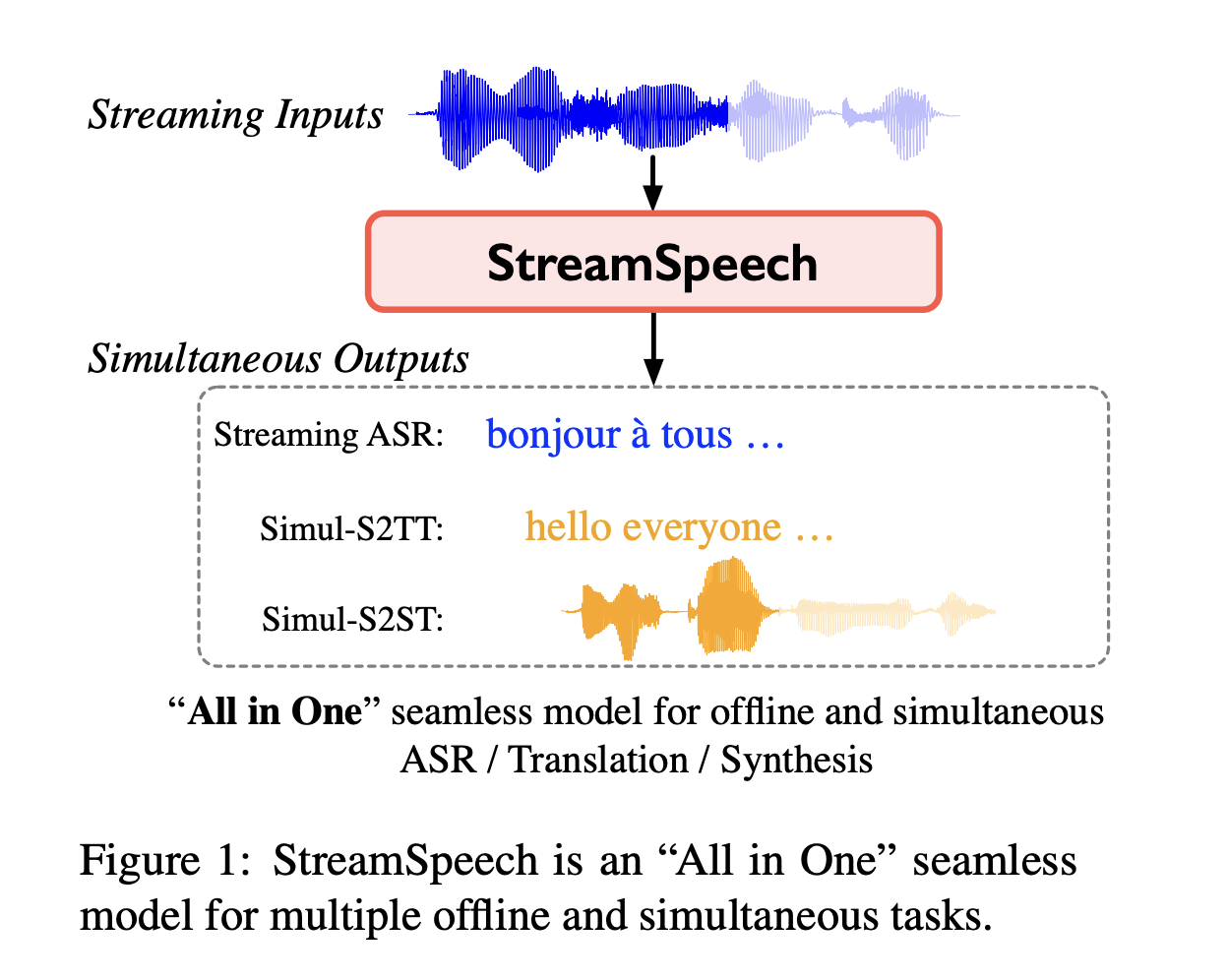
Practical Solutions for Simultaneous Speech-to-Speech Translation Challenges
Introduction
Large Language Models (LLMs) are vital for low-latency communication in scenarios like international conferences and live broadcasts.
Challenges with Current Methodologies
Existing methods for simultaneous speech-to-speech translation face challenges with error propagation and joint optimization.
StreamSpeech Solution
StreamSpeech tackles these challenges with a direct SimulS2ST model that integrates translation and policy learning through multi-task learning.
Key Components of StreamSpeech
StreamSpeech’s architecture includes a streaming speech encoder, a simultaneous text decoder, and a synchronized text-to-unit generation module, along with a HiFi-GAN vocoder for speech synthesis.
Performance of StreamSpeech
StreamSpeech outperforms existing models in both offline and simultaneous S2ST tasks, showing improved translation quality and reduced latency.
Advantages of StreamSpeech
StreamSpeech offers a direct approach, reducing error accumulation and improving overall performance in SimulS2ST tasks.
Benefits of StreamSpeech in AI Integration
Unified AI Framework
StreamSpeech provides a comprehensive solution for streaming ASR, simultaneous translation, and real-time speech synthesis within a unified framework.
Achieving Business Success with AI
StreamSpeech can help companies stay competitive and redefine their workflows by leveraging AI capabilities in speech-to-speech translation.
AI Integration Guidelines
Businesses can benefit from AI by identifying automation opportunities, defining KPIs, selecting suitable AI solutions, and implementing them gradually.
Connect with ITINAI for AI KPI Management
For AI KPI management advice, businesses can connect with ITINAI at hello@itinai.com.
Explore AI Solutions with ITINAI
ITINAI offers solutions to redefine sales processes and customer engagement using AI. Explore more at itinai.com.


























